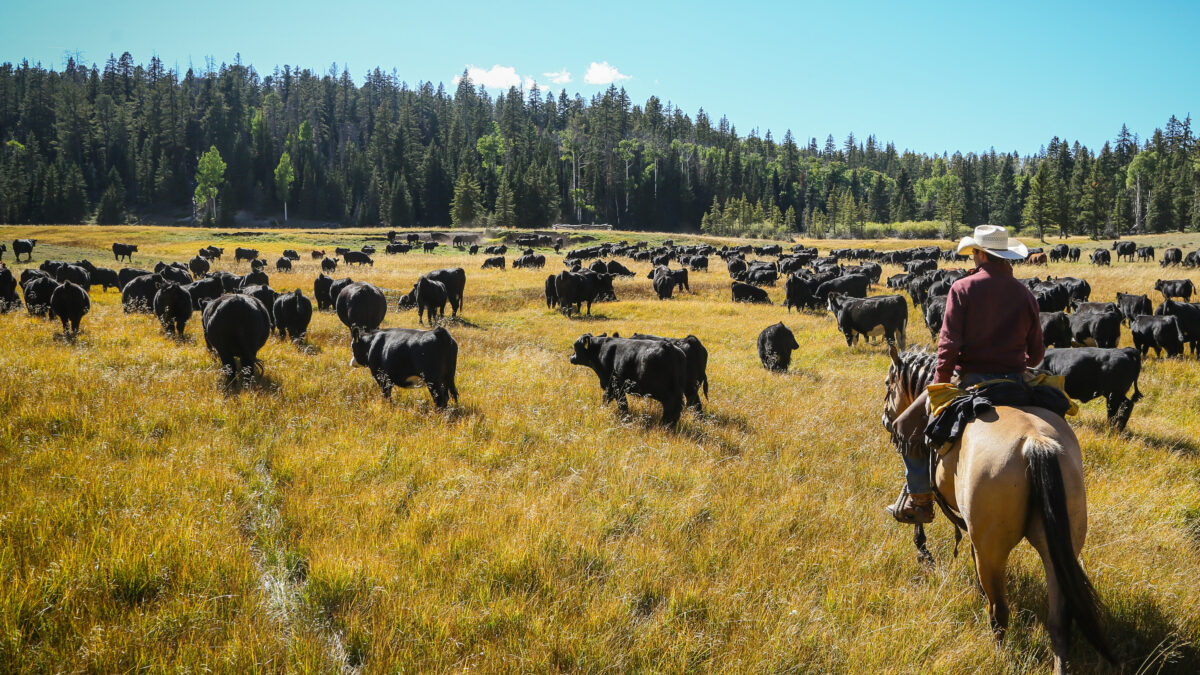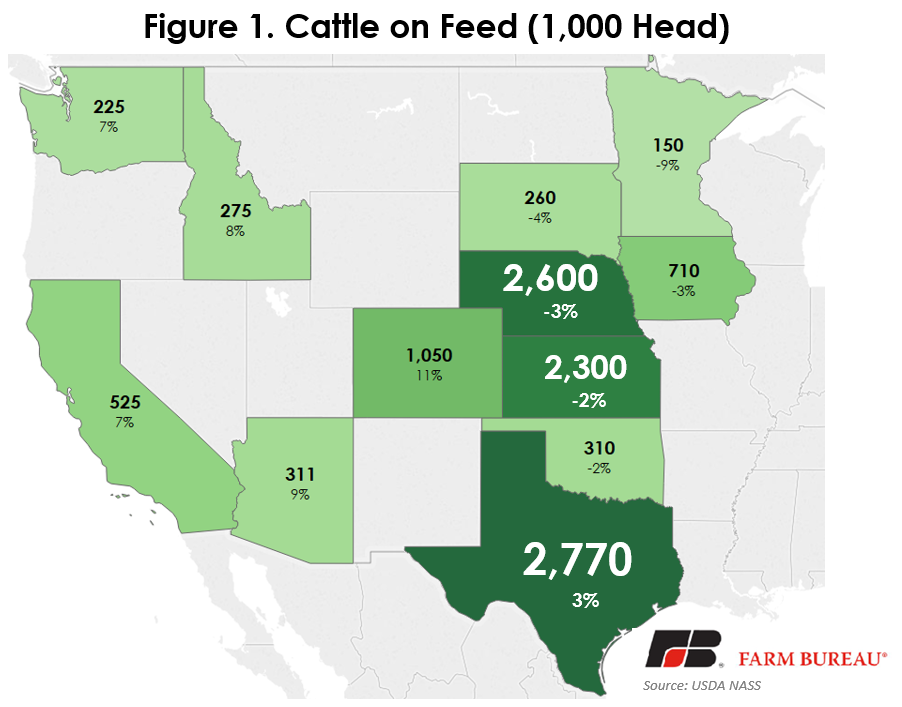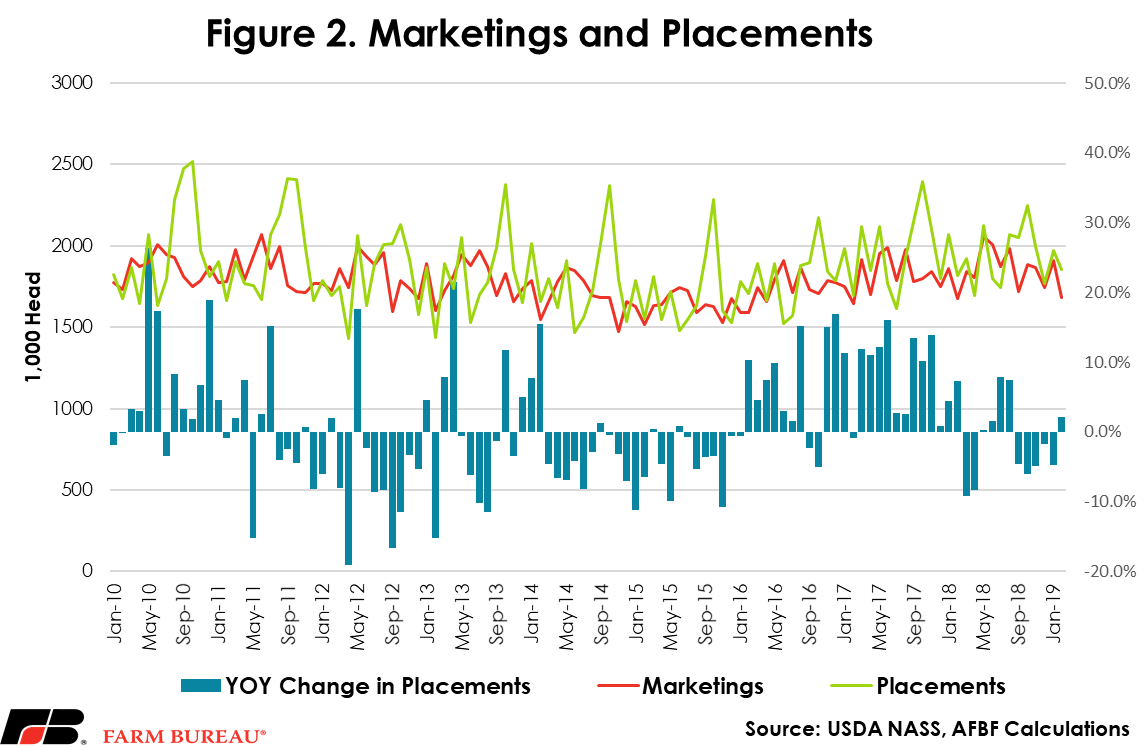Cattle on Feed Report Shows Inventory Up From a Year Ago
TOPICS
cattle on feedMichael Nepveux
Economist

photo credit: Chris Peterson, Used With Permission
Michael Nepveux
Economist
The Cattle on Feed report provides monthly estimates of the number of cattle being fed for slaughter. For the report, USDA surveys feedlots of 1,000 head or more as this category of feedlots represents 85 percent of all fed cattle. Cattle feeders provide data on inventory, placements marketings and other disappearance. We are now finally back on the normal report release schedule following the government shutdown, as it took a few months to work through the backlog of delayed reports.
The report showed a total inventory of 11.8 million head for the United States on March 1. This increase of just under 1 percent is out of line with analyst expectations, as most industry analysts were predicting the first year-over-year decline in feedlot inventories since December 2016.

As usual, Texas, Nebraska and Kansas lead the way in total fed cattle numbers, accounting for over 7.7 million head, or approximately 65 percent of the total on-feed inventory in the country.

While total inventories are an important component of the report, other key factors include placements (new animals being placed on feed) and marketings (animals being taken off feed and sold for slaughter). Placements in February totaled 1.86 million head, which is nearly 2 percent above February 2018 levels, and the first year-over-year increase reported since August. This diverged from analysts’ expectations of a 3.8 percent decrease from a year ago and was not only off in magnitude but directionally as well. Year-over-year placements had declined over the previous five months and were trending toward a pullback in future beef supplies. Marketings in November were 1.68 million head, up half a percent from a year ago and just slightly above the average analyst expectation of an increase in 0.8 percent. Moving forward, expect the recent disastrous weather throughout Nebraska to have an impact on April’s report.
Trending Topics
VIEW ALL